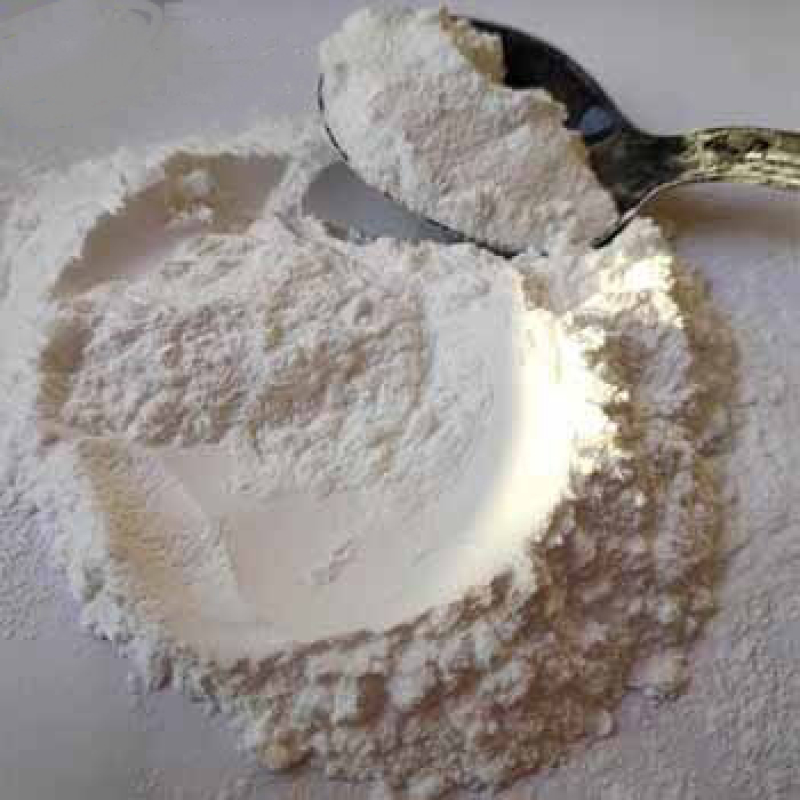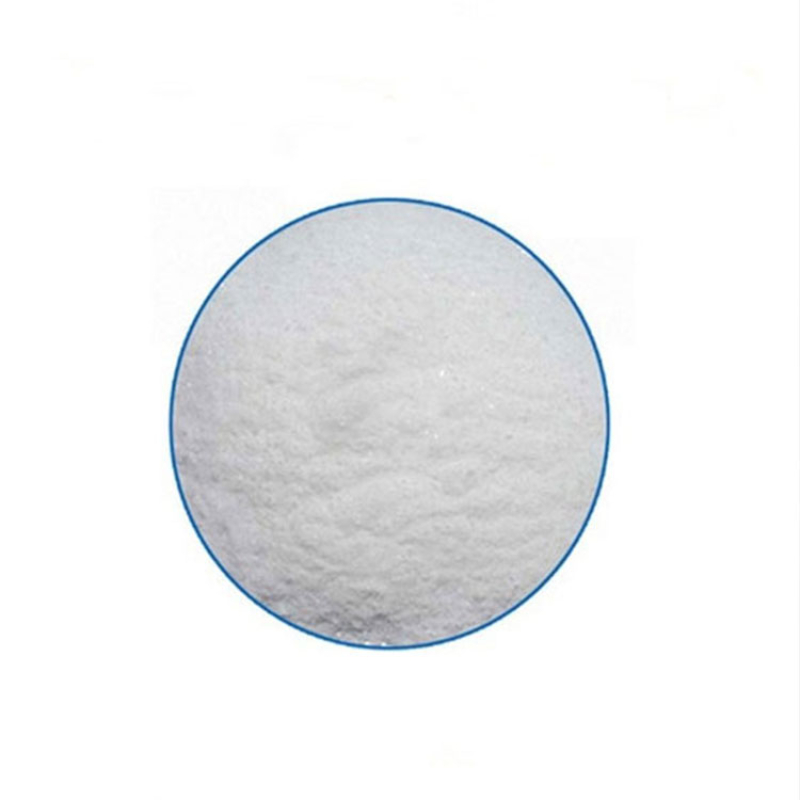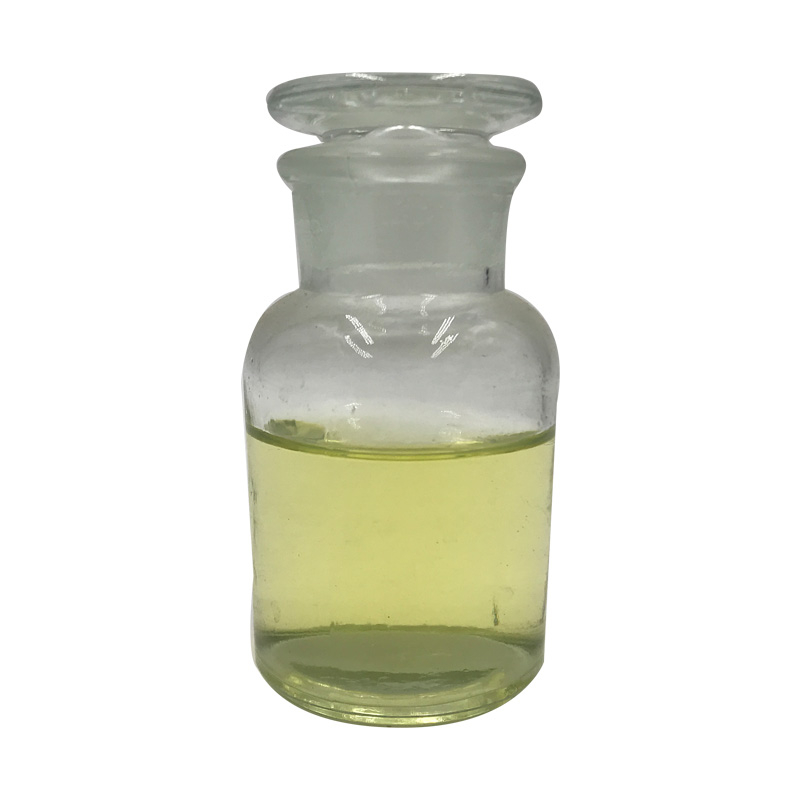Products Description of LANTHANUM ACETATECAS#917-70-4White powderLANTHANUM ACETATE Chemical Propertiesdensity 2.02[at 20℃]Water Solubility 100g/L at 20℃CAS DataBase Reference917-70-4(CAS DataBase Reference)EPA Substance Registry SystemLanthanum acetate (917-70-4)Factory and Equipment ShowFast delivery timeInventory 2-3 working days New production 7-10 working days
Contact Now
Products Description of Silver acetate CAS#563-63-3Silver acetate is an off-white solid powder at room temperature and pressure. It has average solubility in water. 1L of water can dissolve about 10.2g of silver acetate. It has good solubility in organic solvents such as ethanol, methanol and acetone.
Contact Now
Products Description of Magnesium Acetate Tetrahydrate CAS#16674-78-5Colorless crystals, easily deliquescent.
Contact Now
CELLULOSE ACETATE BUTYRATE CAS#9004-36-8Cellulose acetate butyrate has a wider solubility range.
Contact Now
Products Description of Zirconium acetate CAS#7585-20-8Zirconium acetate (liquid), a colorless transparent liquid, is made by the reaction of zirconium oxychloride and sodium carbonate.
Contact Now
Products Description of Cobalt Acetate CAS#71-48-7Cobalt acetate is a purple-red crystal that is easily deliquescent and is soluble in water, acid and ethanol.Cobalt acetate Chemical PropertiesMelting point 298 °C (dec.)(lit.)density 1.7043g/cm3solubility Aqueous Acid (Slightly), Water (Slightly)form Powdercolor Pale pink to purpleWater Solubility Soluble in water, alcohol, dilute acids and pentyl acetate(tetrahydrate).Sensitive HygroscopicMerck 14,2433Stability:HygroscopicInChIKeyQAHREYKOYSIQPH-UHFFFAOYSA-LLogP-0.285 (est)CAS DataBase Referenc
Contact Now
Products Description of Lead acetate trihydrate CAS#6080-56-4 Lead acetate trihydrate is colorless crystal, white granule or powder, which is deliquescent. It is easily soluble in water and has a sweet taste.
Contact Now
Products Description of 1-ETHOXY-2-PROPYL ACETATE CAS#54839-24-6Colorless liquid1-ETHOXY-2-PROPYL ACETATE Chemical PropertiesBoiling point 205.8°C (rough estimate)density 0.9410vapor pressure 2.02hPa at 24.85℃refractive index 1.4025solubility Chloroform (Slightly), Methanol (Slightly)form Oilcolor ColorlessWater Solubility 69.6g/L at 18℃LogP0.76 at 22℃EPA Substance Registry System2-Propanol, 1-ethoxy-, acetate (54839-24-6)Safety InformationRisk Statements 10Safety Statements 16RIDADR 1993HazardClass 3.2PackingGroup IIIFactor
Contact Now
Propyl acetate CAS# 109-60-4Chemical Properties:Propyl acetate, also known as propyl acetate, n-propyl acetate, or n-propyl acetate, is a colorless and clear liquid with a soft fruity aroma. Naturally found in strawberries, bananas, and tomatoes. Soluble in most organic solvents such as alcohols, ketones, esters, and oils, and slightly soluble in water.Quality Assurance:We maintain strict quality control to ensure our glacial acetic acid meets the highest purity standards, essential for critical industrial applications.Professional Sales Pitch:As a sales professional, I understand th
Contact Now
Products Description of Barium acetate CAS#543-80-6Barium acetate, chemical formula Ba(C2H3O2)2. Molecular weight 255.43. White crystal. Relative density 2.468. Easily weathered in the air. Toxic! Soluble in water and ethanol.
Contact Now
Products Description of Butyl acetate CAS#123-86-4Butyl acetate is a carboxylic acid ester synthetic fragrance, also known as butyl acetate. It is a colorless transparent liquid with a strong fruity aroma. It can be mixed with ethanol and ether at will, can be dissolved in most organic solvents, and is slightly soluble in water. The solubility in water is 0.05g. Its vapor has a weak anesthetic effect, and the allowable concentration in the air is 0.2g/l. This product has a strong fruity aroma.
Contact Now
Products Description of 1-Methoxy-2-propyl acetate CAS#108-65-6Propylene glycol methyl ether acetate (PGMEA), also called propylene glycol monomethyl ether acetate, has the molecular formula C6H12O3. It is a colorless hygroscopic liquid with a special odor. It is a non-pollution solvent with multiple functional groups. It is mainly used as a solvent for inks, paints, inks, textile dyes, and textile oils. It can also be used as a cleaning agent in the production of LCD displays.
Contact Now
Ethyl acetate CAS# 141-78-6Chemical Properties:Ethyl acetate (structure shown above) is the most familiar ester to many chemistry students and possibly the ester with the widest range of uses. Esters are structurally derived from carboxylic acids by replacing the acidic hydrogen by an alkyl or aryl group. Ethyl acetate itself is a colourless liquid at room temperature with a pleasant "fruity" smell, b.p.
Contact Now
Methyl Acetate CAS#79-20-9Methyl acetate, additionally viewed as MeOAc , acetic acid methyl ester or methyl ethanoate, is a carboxylate ester with the formula CH3COOCH3. It is a flammable liquid with a generally high-quality smell reminiscent of some glues and nail polish removers.
Contact Now
Products Description of Ethylene glycol monoethyl ether acetate CAS#111-15-9Colorless liquid. Freezing point -61.7℃, boiling point 156.3℃, 51℃ (2.8kPa), relative density 0.973 (20℃), melting point -61.7℃, refractive index 1.4055 (20℃), flash point 51℃ (closed cup), 66℃ (open cup), ignition point 379℃. Miscible with general organic solvents and soluble in water.
Contact Now
Products Description of Antimony triacetate CAS#6923-52-0Antimony(III) acetate is an antimony compound with the chemical formula Sb(CH3CO2)3.
Contact Now
Products Description of Tris(hydroxymethyl)nitromethane CAS#126-11-4Chemical, crystallizes into white crystals in a mixture of ethyl acetate and benzene.
Contact Now
Products Description of BISMUTH SULFIDECAS#1345-07-9Bismuth sulfide is brown-yellow powder or crystal, with a specific gravity of 7.39. It decomposes at 685℃. It is insoluble in water and ethyl acetate, but soluble in nitric acid and hydrochloric acid.BISMUTH SULFIDE Chemical PropertiesMelting point 685°C (dec.)density 7.7 g/mL at 25 °C(lit.)solubility insoluble in H2O; soluble in acid solutionsform LumpSpecific Gravity7.7color GrayWater Solubility Insoluble in water.
Contact Now
Products Description of Nicarbazin CAS#330-95-0Nicarbazine is a complex of dinitrodiphenylurea and hydroxydimethylpyrimidine. It is a yellow or yellow-green powder; odorless, with a slight peculiar smell. This product is slightly soluble in dimethylformamide and insoluble in water, ethanol, ethyl acetate, chloroform and ether.
Contact Now
Products Description of NICARBAZINE CAS#330-95-0Nicarbazin is a complex of dinitrocarbamide and hydroxydimethylpyrimidine. It is a yellow or yellow-green powder; odorless, with a slight odor. This product is slightly soluble in dimethylformamide, insoluble in water, ethanol, ethyl acetate, chloroform, and ether.
Contact Now
Products Description of Cobalt carbonate CAS#513-79-1Red monoclinic crystals or powder. Almost insoluble in water, alcohol, methyl acetate and ammonia.
Contact Now
Products Description of Iminodibenzyl CAS#494-19-9Iminodibenzyl is a chemical substance with the molecular formula C14H13N.Iminodibenzyl Chemical PropertiesMelting point 105-108 °C (lit.)Boiling point 321.94°C (rough estimate)density 1.0778 (rough estimate)refractive index 1.6353 (estimate)storage temp. Keep in dark place,Sealed in dry,Room Temperaturesolubility Chloroform (Slightly), Ethyl Acetate (Slightly, Heated), Methanol (Slightly)form Crystalline Powderpka0.83±0.20(Predicted)color Yellow to beigeBRN 152732LogP4.27CAS DataBase Reference49
Contact Now
Products Description of Polysorbate 20 CAS#9005-64-5Appearance: amber viscous liquid, with slight special odor, slightly bitter taste. Relative density is 1.08-1.13, boiling point is 321℃. Soluble in water, ethanol, methanol and ethyl acetate, insoluble in mineral oil and petroleum ether. HLB value is 16.7. Oral LD50 of rats is 37g/kg, Adl0-25mg/kg (FAO/WHO, 1994).
Contact Now
Products Description of C.I. Acid Black 194 CAS#61931-02-0Acid Black 194, dark brown powder, can be used for dyeing wool, silk, nylon, wool blended fabrics and direct printing of wool and silk fabrics, with rich color and good level dyeing. When used for dyeing wool and other fibers in the same bath, silk will be dyed, nylon will be seriously stained, and acetate fiber and cellulose fiber will be slightly stained.C.I.
Contact Now


































